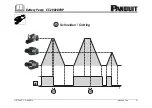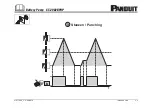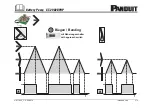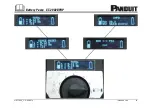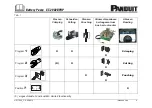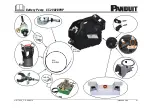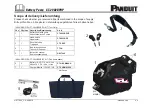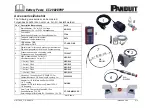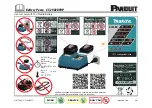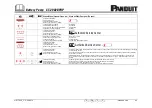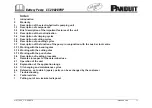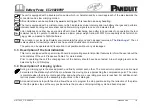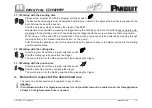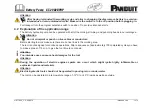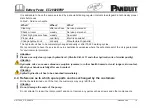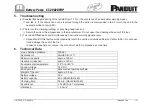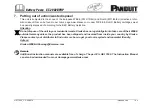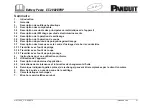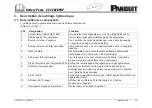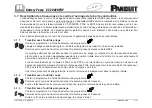
Battery Pump CT-2902BPHP
HE17600_C © 09/2016
Intended Use
I.IV
authorised
copy
The unit is equipped with a double piston pump which is characterised by a rapid approach of the dies towards the
connector and a slow crimping motion.
All tool functions can be controlled by
one
rocker trigger. This results in an easy handling.
The tool is equipped with a microprocessor which indicates service intervals and low battery charges and performs
internal checks sending out acoustical and optical warning signals in case of a detected fault.
Li-Ion batteries do neither have a memory eff ect nor self discharge. Even after long periods of non operation the tool
is always ready to operate. In addition we see a lower power weight ratio with 50% more capacity and shorter char-
ging cycles compared to NiMH batteries.
The oil used in our tool is particularly environmentally friendly and and has been rewarded „
The Blue Angel
“. The oil
is also suitable for low temperatures and has excellent lubrication characteristics.
The pump can be operated and transported in all positions without any oil leakages.
3.3 Description of the tool indication
This tool is equipped with a special circuit board incorporating several important features to inform the user about the
current status of the unit. Please see Table 2 for more details.
Prior to operating the unit the charging level of the battery should have been tested. A low charging level can be
detected by the LCD display.
3.4 Description of crimping cycles
During a crimping cycle the dies approach and fi nally contact each other. The connector mounted on a cable must
be located in the stationary half of the die whereas the moving die is approaching the compression point. The crimp
is complete when the dies contact each other and when the max. operating pressure is reached. For additional inst-
ructions please reference the assembly instructions in the catalogue.
A manual retraction stop with Teach-in allows the user to program the stop position during the retraction of the piston
so that the piston stops at the very position where the previous crimping/cutting cycle had been stopped.
1

